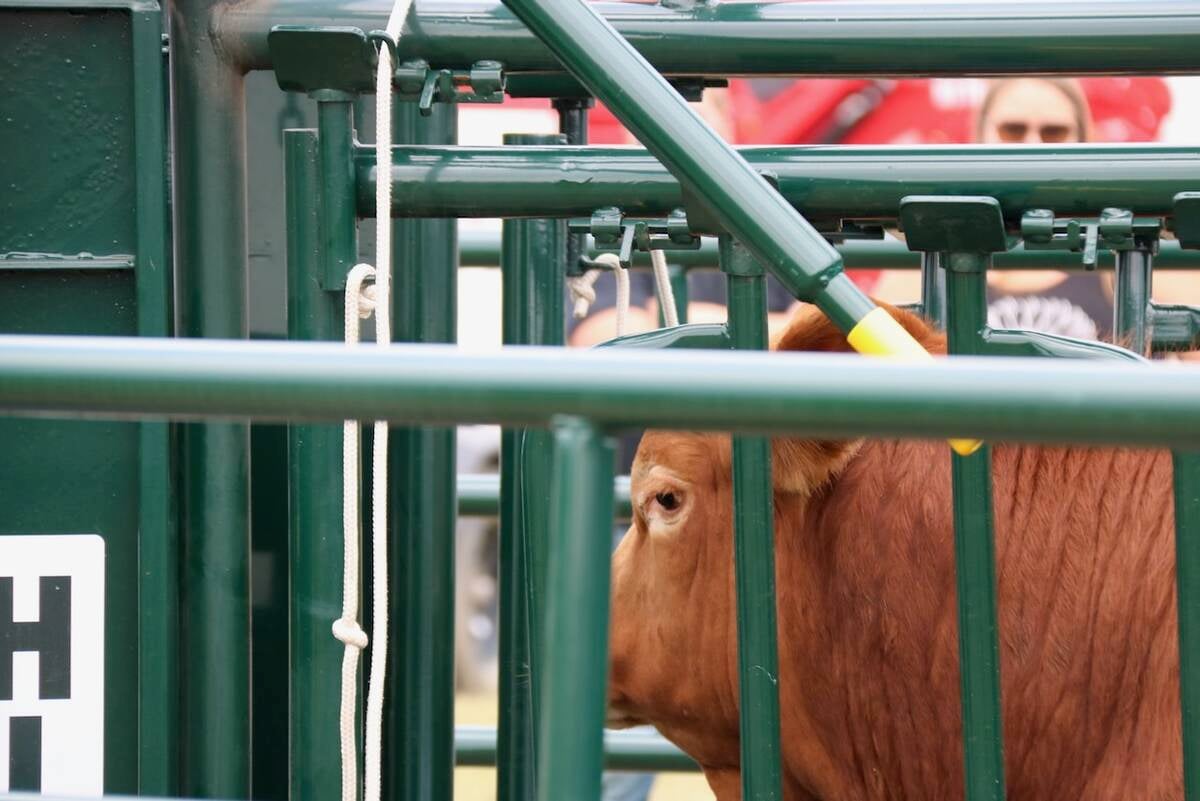Ottawa will spend an extra $10 million over the next four years to improve the health of federal community pastures.
Half of the money will be used for vegetation or brush control, $2 million will go toward forage rejuvenation and $3 million will be spent to develop water projects particularly in drought-prone pastures in southern Saskatchewan.
The money comes on top of the regular federal commitment to pastures under the Prairie Farm Rehabilitation Administration (PFRA). That spending is estimated at $7.9 million for this fiscal year and will rise to $8.8 million by 2010-11.
Read Also

Good handling equipment a must on cattle operations
It’s important for the safety of producers and everyone else dealing with their stock that handling equipment is functional and safe.
There are 85 PFRA pastures on the Prairies, most of them in Saskatchewan. About 3,100 patrons graze cattle on the pastures’ 2.3 million acres. The program has operated on a cost-recovery basis for more than a decade.
George Brown of PFRA’s land management division said the new money allows the organization to accelerate some of its projects.
“It’s not very often you get an injection of this kind of money,” he said.
The projects will enhance carrying capacity and range health, and allow more effective grazing rotations.
Water projects such as shallow-buried pipelines and troughs will help drought-proof pastures so they can run at full capacity even during dry years.
The improvements also benefit wildlife and birds. PFRA pastures represent some of the largest remaining blocks of native prairie in Canada.
Meanwhile, a five year business plan to be implemented for the 2008 grazing season will result in higher fees for patrons. Grazing fees haven’t changed in five years and breeding fees haven’t changed since 1997.
Increased contributions from patrons and government will also help address deteriorating pasture infrastructure.
At last month’s Saskatchewan Stock Growers Association convention, members defeated a motion calling for the organization to oppose the new fees.
“Our (pasture) boards didn’t look after us,” said Val Marie rancher Pat Hayes in support of the motion.
Costs will go up 50 percent over four years, he said.
It costs 40 cents per head per day to graze cattle this year compared to 36 cents last year and 55 cents in 2010.
But past-president Brian Ross of Estevan said he believed the pasture system should stand on its own and the cost still seemed reasonable.















